Driver Assessment.
Racing demands more than talent—it's a science of precision, physicality, learning, and adaptability. Kokoro’s Driver Assessment removes subjectivity by using proprietary software to evaluate and optimize the complete performance profile of the athlete. With this data-driven, holistic approach, we build a bespoke program tailored to your specific developmental requirements.

1. Neurophysical
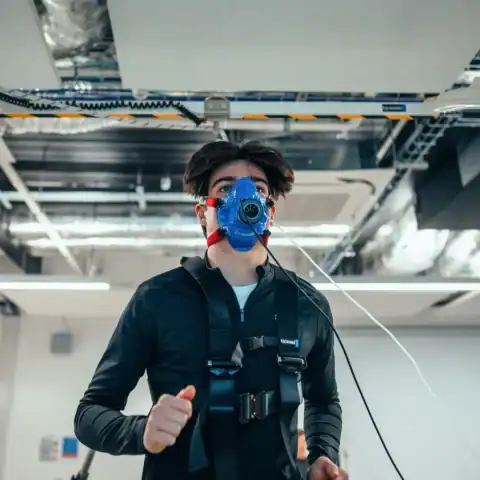
Physical Performance Assessment
Extend limits. Maintain control.
A broad range of strength metrics are assessed alongside endurance and fatigue resistance. Drills are selected based on the athlete’s career trajectory and individual profile, including experience and genetic factors.
The result: A training program that is specific to the athlete’s developmental needs and designed to support precision and consistency, in demanding environments.
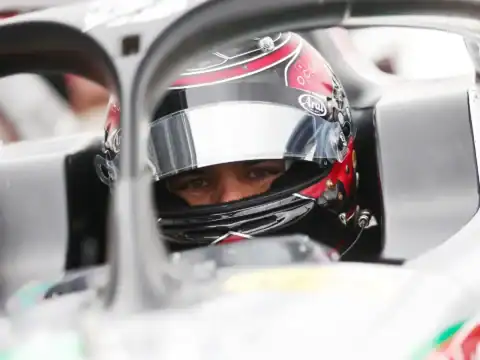
Mental Performance Evaluation
Think faster. Stay sharper.
Cognitive performance under pressure is evaluated using decision-making tests, situational awareness metrics, and EEG analysis.
The Result: We can identify how the brain performs under race-level pressure—so we can train faster thinking, sharper reactions, and better control in critical moments.
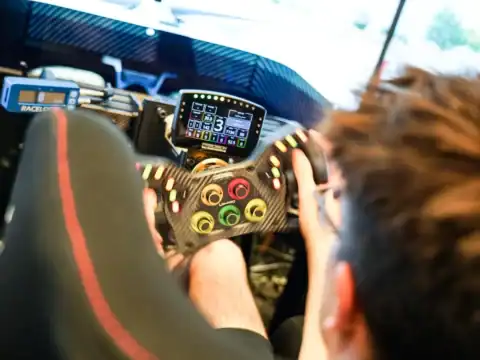
Hand-Eye Coordination
Rapid input. Clean execution.
Reaction time, accuracy, and control are captured using dynamic light wall drills and real-time response analysis.
The result: This analysis provides a clear view of the athlete’s ability to respond to visual stimuli and maintain precision during rapid input demands.
2. Learning Profile
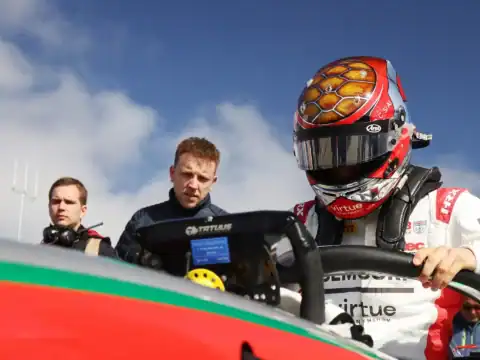
Communication
Clear input. Clean output.
Drivers receive real-time feedback, structured debriefs, and targeted analysis tasks during sessions. The assessment examines how effectively information is received, processed, and responded to. Emotional intelligence and interpersonal dynamics are also considered.
The Result: A clearer understanding of how the driver communicates under pressure—and whether their feedback loop supports performance or compromises it.

Feedback, Understanding & Implementation
Receive. Apply. Evolve.
This phase explores how each driver receives, interprets, and applies feedback. This includes identifying their preferred learning methods and evaluating their capacity to integrate instruction effectively into performance.
The Result: A tailored learning framework that ensures critical insights are not just understood—but acted on under competitive conditions.
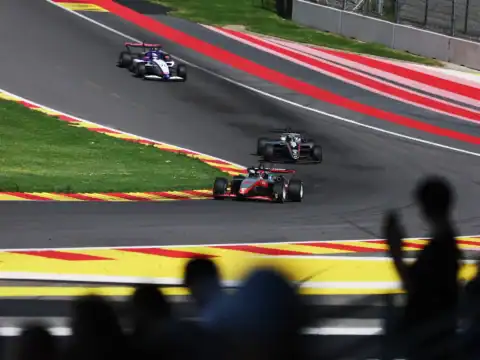
Key Performance Indicators (KPIs)
Track the truth.
Progress is mapped via individual metrics such as reaction times, input consistency, and grip control. Progress is monitored over time to provide objective data and confirm whether performance is improving in the right areas.
The Result: Objective proof of progress. Performance development is no longer guesswork—it’s mapped.



